Giraffes always stand out for their slender and tall neck, which can reach two meters, and for their calm, leisurely walk, which can often be hypnotic. When you see them so high and delicate, it looks like they have to compete on a catwalk. The giraffe is the national symbol of Tanzania and the tallest land animal in the world. Its height can reach almost six meters. It is believed that according to Darwin’s theory of evolution, giraffes have such a long neck because they had to adapt to ground conditions, develop it over time and thus be able to access the tallest leaves of the trees. What is curious, however, is that they have the same number of vertebrae as humans, but in their case, much longer.
There are four species of giraffes: Southern giraffes, Northern giraffes, Massai giraffes and reticulated giraffes. Northern giraffes have three subspecies (Kordofan, Nubia and West African) and Southern giraffes have two (Angolan and South African giraffes).
They are very resistant to lack of water. They can withstand several days without drinking because they do not sweat and have a digestive system that allows them to absorb water from the leaves they ingest. With their long tongue, which can measure about 50 cm, they eat the tallest leaves and avoid the stings of acacias, their favorite food. The tongue is dark blue to protect it from the sunburns of the savannah.
They have a heart that weighs about 12kg, large in size that pumps blood at high power to reach the top of the head. They also have valves in the blood vessels in the neck that allow them to regulate blood flow. For example, when giraffes have to drink water and lower their heads, these valves regulate the amount of blood and its pressure (to prevent them from fainting).
Giraffes are not very sleepy. They usually sleep between 10 minutes and two hours a day, and do so upright to prevent potential predators from eating them. They are social animals that usually live in groups of 6 to 30 members. These herds, however, are not fixed, their members varying.
Giraffes are polygamous. Gestation lasts 15-18 months, and usually only gives birth to a baby. Male giraffes fight to be the dominant male of the herd using their neck. They hit each other on the neck, until one of them is the winner. Males can be distinguished from females by looking at the ossicles, the bony protuberances they have on their heads in the form of “horns”: those of females are smaller and covered with hair, while those of males are taller and tip widths.
Every giraffe is different. They can be distinguished by the neck as well as by the spots on their skin. Each giraffe has a different pattern of spots, which makes it unique and different from the others. It’s like his fingerprint. The type of coat it has makes it very resistant to the high temperatures of the African savannah, as well as helping it to camouflage itself very well among the vegetation. The darker the spots, the older the giraffe.
They stand out because they are peaceful and quiet. They don’t usually look for problems. Their height allows them to anticipate any danger, as they see the predators from afar and can prevent the attack. Their most vulnerable time is when they drink water from a waterhole, river or lake. They prefer to run away rather than challenge other animals. They are fast, they can run at about 56 km/h in a sprint. A giraffe’s kick can be deadly, and it protects with this its young from lion attacks.
Giraffes live exclusively on the African continent. Due to habitat loss and fragmentation, they are also in danger of extinction. There has been a great decline in the giraffe population in the world. They are currently located in 21 African countries, especially in Cameroon, Chad, Uganda, Kenya, Tanzania, Zambia, Namibia, Botswana, Zimbabwe and South Africa.
There is also a lot of giraffe poaching in Africa. Many illegal hunters also fight to hunt them down and put them as a trophy, along with the lion and the elephant. In addition, with the rise in HIV, there has also been an increase in interest in giraffes. In some rural communities there is a belief that if you consume the brains or bone marrow of these animals, you will be cured of AIDS. Also in times of economic crisis, there are many areas of Africa, which were hunted and hunt giraffes for the large amount of meat they have and because they are relatively easy to kill.
It is important to draw attention to the danger of the giraffe becoming extinct, as if we follow this rhythm, some subspecies may be completely eliminated in a few decades. It is being silently extinct, being less “mediated” than other animals, which can make this beautiful and unique animal completely eliminated from planet Earth.

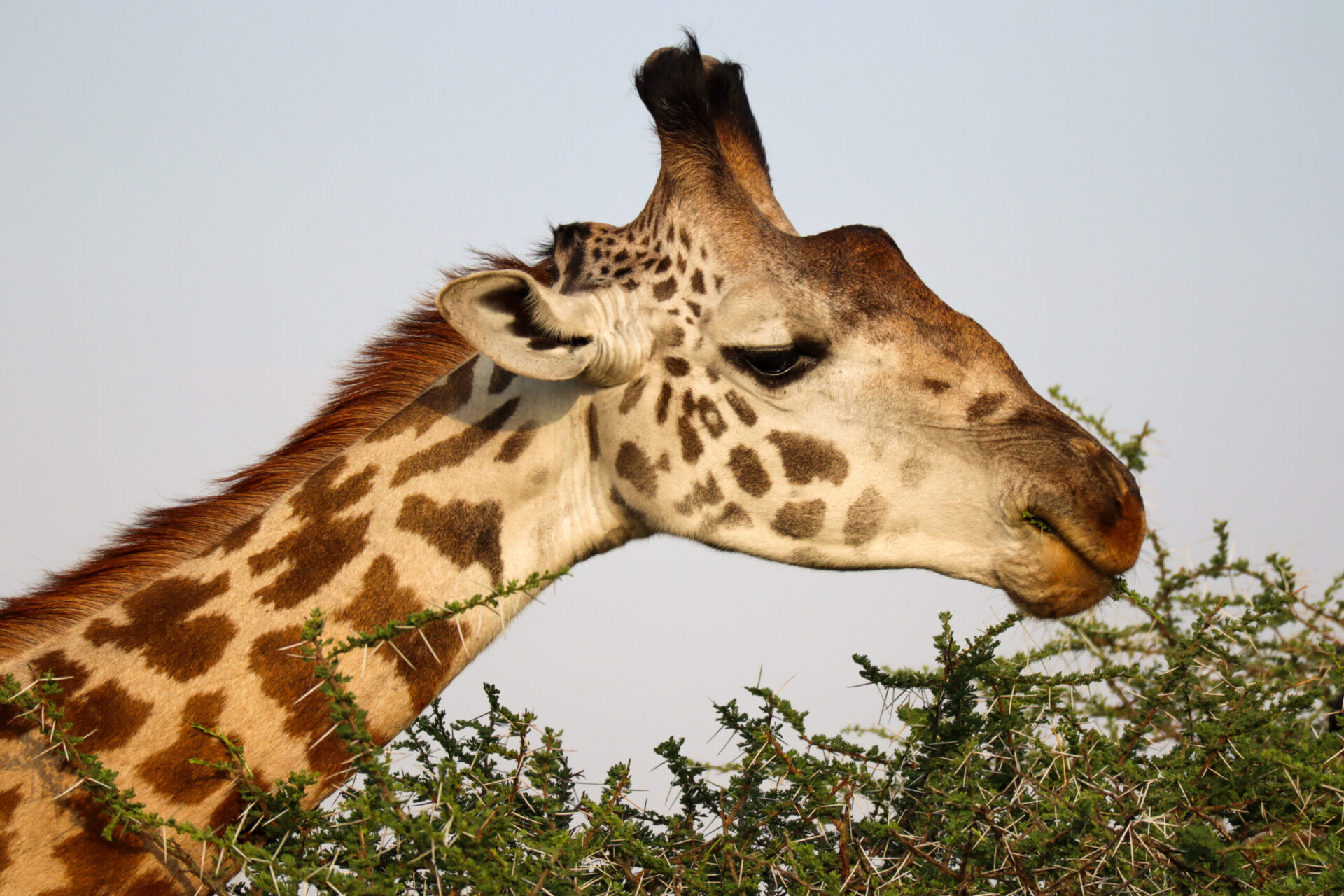


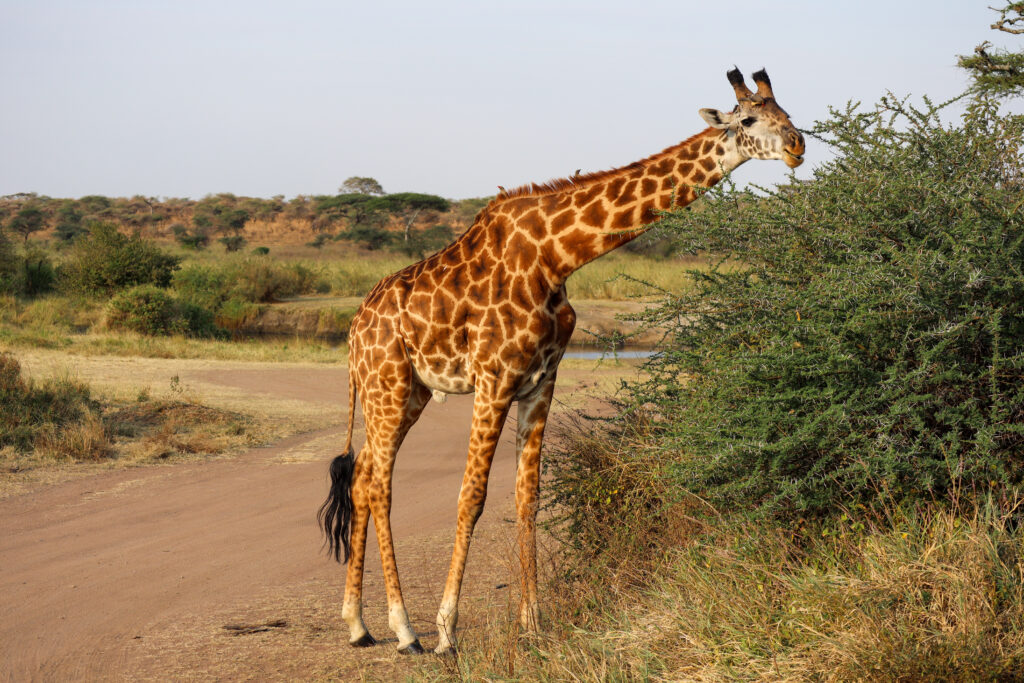
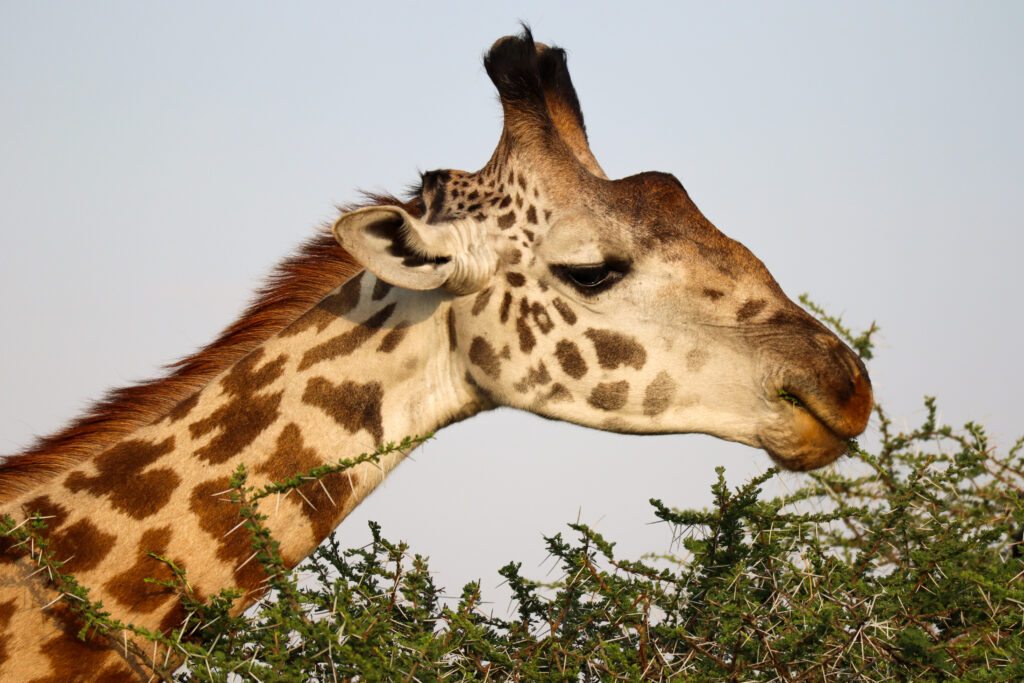



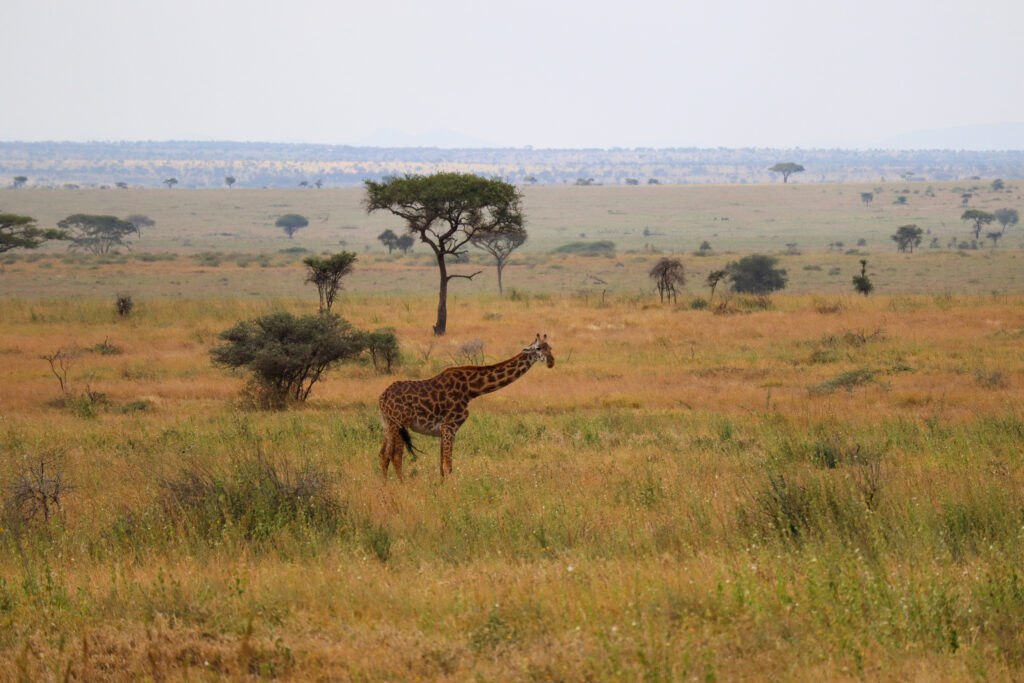
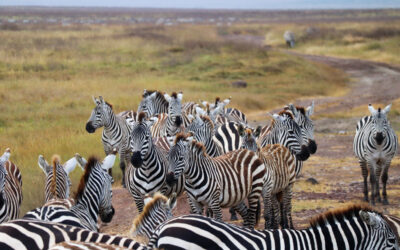
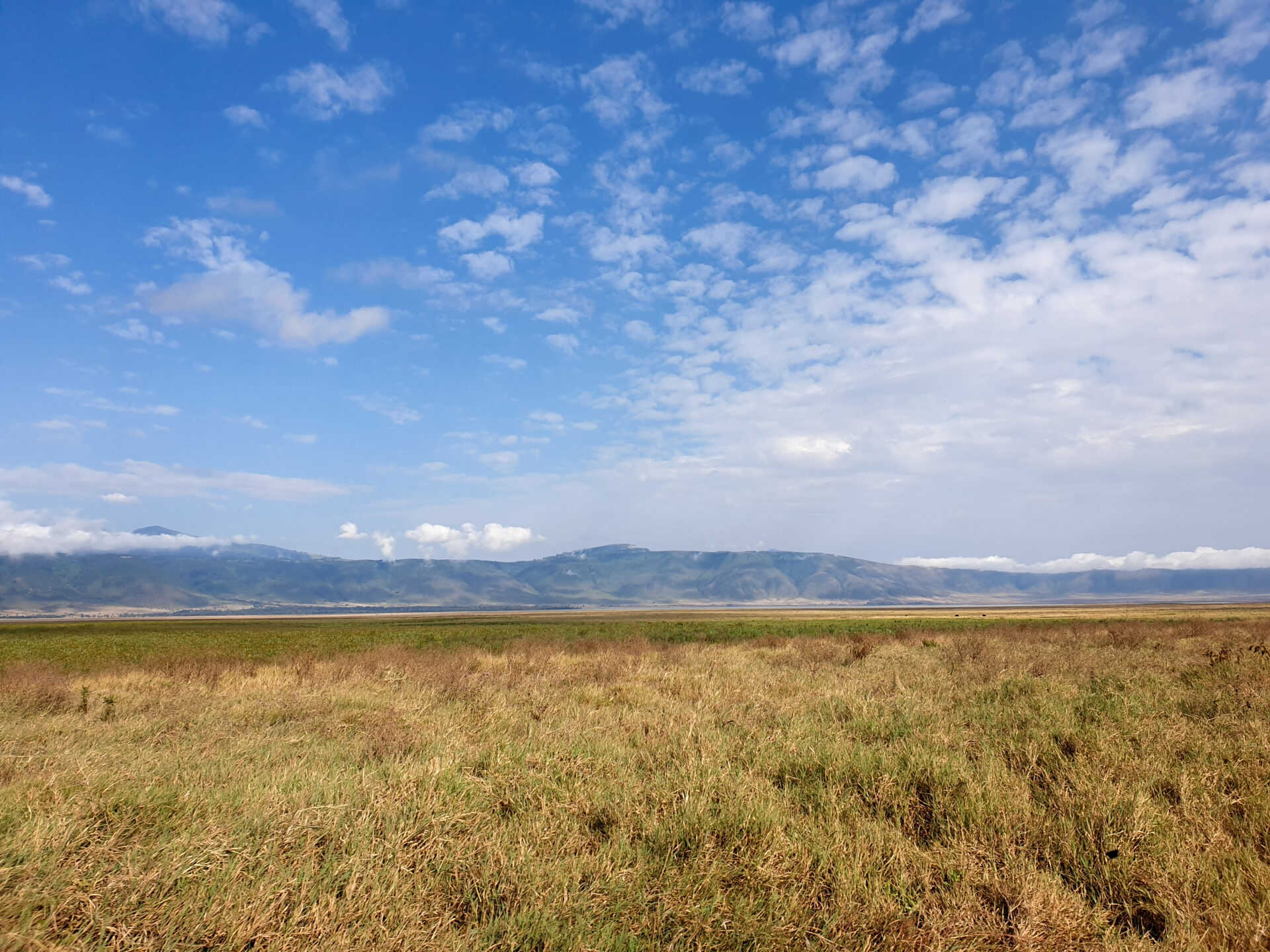

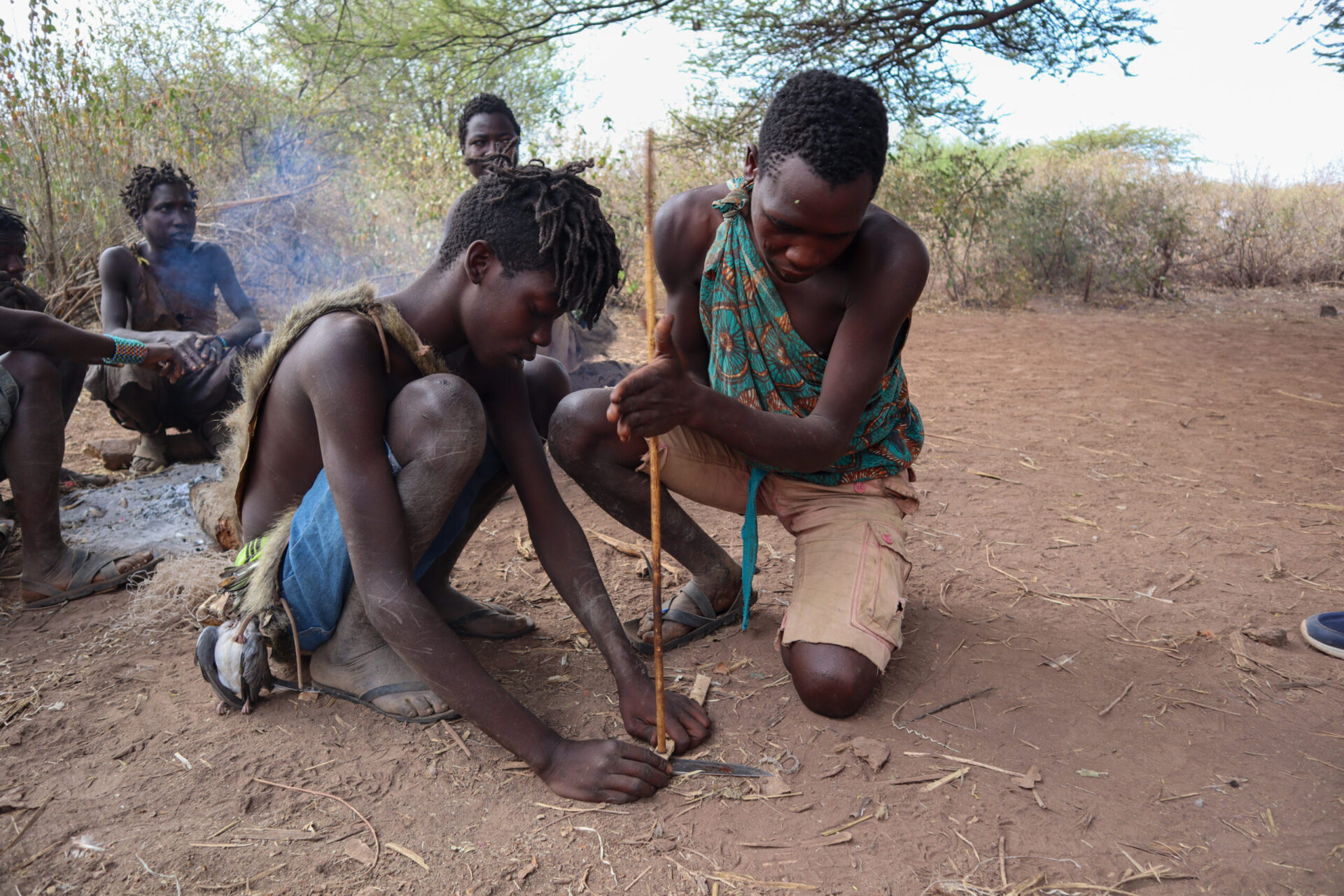



0 Comments